-
 Bitcoin
Bitcoin $114400
0.68% -
 Ethereum
Ethereum $3550
2.48% -
 XRP
XRP $3.001
4.99% -
 Tether USDt
Tether USDt $0.9999
0.01% -
 BNB
BNB $757.6
1.46% -
 Solana
Solana $162.9
1.07% -
 USDC
USDC $0.9998
0.00% -
 TRON
TRON $0.3294
0.91% -
 Dogecoin
Dogecoin $0.2015
2.46% -
 Cardano
Cardano $0.7379
2.01% -
 Stellar
Stellar $0.4141
8.83% -
 Hyperliquid
Hyperliquid $37.83
-1.91% -
 Sui
Sui $3.454
0.76% -
 Chainlink
Chainlink $16.62
3.53% -
 Bitcoin Cash
Bitcoin Cash $554.6
2.84% -
 Hedera
Hedera $0.2486
3.91% -
 Ethena USDe
Ethena USDe $1.001
0.00% -
 Avalanche
Avalanche $21.95
3.34% -
 Toncoin
Toncoin $3.563
-2.85% -
 Litecoin
Litecoin $112.7
2.65% -
 UNUS SED LEO
UNUS SED LEO $8.977
0.13% -
 Shiba Inu
Shiba Inu $0.00001232
1.85% -
 Uniswap
Uniswap $9.319
2.93% -
 Polkadot
Polkadot $3.632
1.38% -
 Monero
Monero $307.2
2.36% -
 Dai
Dai $0.9997
-0.03% -
 Bitget Token
Bitget Token $4.340
0.91% -
 Pepe
Pepe $0.00001048
1.07% -
 Cronos
Cronos $0.1348
3.26% -
 Aave
Aave $261.5
1.93%
Can NFT become a bridge for cross-platform asset circulation in the Metaverse?
NFT interoperability in the Metaverse faces hurdles: lack of universal standards across varying blockchains hinders cross-platform asset transfer, demanding technological advancements and regulatory clarity for seamless circulation.
Mar 06, 2025 at 06:00 am
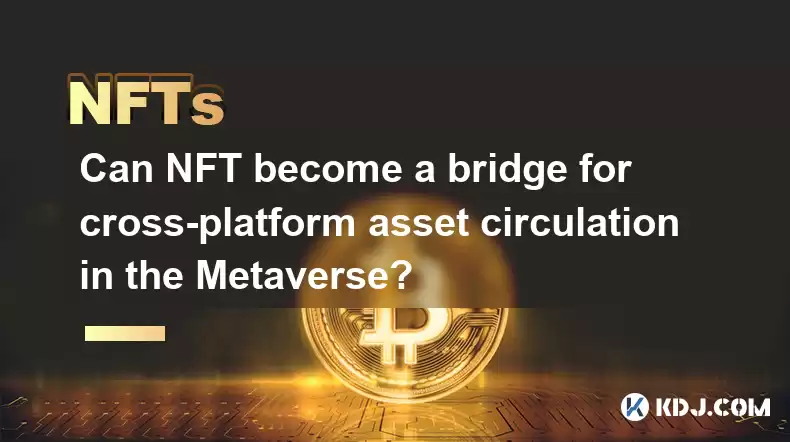
Key Points:
- NFTs' potential as a cross-platform asset bridge in the Metaverse hinges on interoperability standards.
- Current limitations include varying blockchain technologies and lack of universal NFT standards.
- Several projects are working on solutions to improve interoperability and facilitate cross-platform asset transfer.
- Legal and regulatory frameworks are still evolving and pose challenges to seamless NFT circulation.
- The future of cross-platform NFT circulation depends on technological advancements and regulatory clarity.
Can NFT become a bridge for cross-platform asset circulation in the Metaverse?
The Metaverse, a network of interconnected virtual worlds, envisions a seamless user experience where digital assets can be easily transferred between different platforms. Non-Fungible Tokens (NFTs), with their unique identifiers and verifiable ownership, appear ideally suited to facilitate this cross-platform asset circulation. However, several challenges remain.
The primary hurdle lies in the lack of interoperability between different Metaverse platforms and their underlying blockchain technologies. Each platform often utilizes its own unique blockchain, creating silos that hinder the free flow of NFT assets. An NFT minted on one platform may not be recognized or transferable on another. This fragmentation significantly restricts the utility of NFTs as a universal asset bridge.
Efforts are underway to address this interoperability issue. Several projects are developing protocols and standards to enable cross-chain NFT transfers. These solutions often involve bridging technologies that allow NFTs to move between different blockchains while maintaining their authenticity and ownership details.
However, achieving true interoperability requires a broader consensus within the industry on common standards and protocols. Without standardization, each platform might develop its own proprietary solutions, hindering universal compatibility and further fragmenting the Metaverse.
Beyond technological hurdles, legal and regulatory frameworks pose another significant challenge. The legal status of NFTs and their ownership rights are still evolving, varying considerably across jurisdictions. This lack of clarity can complicate cross-border and cross-platform NFT transfers.
Another factor impacting the feasibility of NFTs as a cross-platform bridge is scalability. Many blockchains struggle to handle the high transaction volume that would accompany widespread cross-platform NFT transfers. High gas fees and network congestion can significantly hinder the efficiency and practicality of such transfers.
Furthermore, the security of cross-platform NFT transfers is crucial. Robust security measures are essential to prevent fraud, theft, and unauthorized access to digital assets. Any vulnerability in the cross-chain transfer process could severely undermine user trust and hinder widespread adoption.
Despite these challenges, the potential benefits of NFTs as a cross-platform asset bridge are significant. Imagine a future where your virtual land, in-game items, or digital art seamlessly moves between different Metaverse platforms, enriching your virtual experience. This interoperability is essential for the Metaverse to achieve its full potential.
The development of universal NFT standards and protocols is critical to unlock this potential. Collaboration between developers, platform providers, and regulatory bodies is necessary to create a robust and secure framework for cross-platform NFT circulation. This includes addressing scalability issues, implementing strong security measures, and establishing clear legal and regulatory frameworks.
One approach to achieving cross-platform compatibility involves creating decentralized marketplaces that support multiple blockchains. These marketplaces could act as intermediaries, facilitating NFT transfers between different platforms without requiring users to navigate complex technical processes.
Another promising development is the emergence of cross-chain bridges that enable the transfer of NFTs between different blockchain networks. These bridges use various techniques to ensure the security and integrity of the transfer process, mitigating the risk of fraud or loss of assets.
However, the successful implementation of these solutions requires addressing various technical and regulatory challenges. Ensuring the security and scalability of these cross-chain bridges is paramount to avoid potential vulnerabilities and maintain user trust.
Furthermore, the legal and regulatory landscape needs to adapt to the unique characteristics of cross-platform NFT transfers. Clear guidelines on ownership rights, taxation, and dispute resolution are essential to create a stable and predictable environment for NFT transactions.
The future of cross-platform NFT circulation in the Metaverse will depend on the progress made in addressing these challenges. Continued technological innovation, industry collaboration, and regulatory clarity are crucial for realizing the full potential of NFTs as a seamless asset bridge in the interconnected virtual worlds of the Metaverse.
Common Questions and Answers:
Q: What are the main technological barriers to cross-platform NFT circulation?
A: The primary technological barrier is the lack of interoperability between different blockchain platforms. Each platform often uses a unique blockchain, preventing seamless NFT transfer. Scalability issues and the need for secure cross-chain transfer protocols are also significant hurdles.
Q: What role do standards play in enabling cross-platform NFT circulation?
A: Universal NFT standards are crucial. Without them, each platform may develop its own incompatible solutions, hindering widespread interoperability. Standardized protocols are necessary for secure and efficient cross-chain NFT transfers.
Q: How can legal and regulatory frameworks facilitate or hinder cross-platform NFT circulation?
A: Clear legal frameworks regarding NFT ownership, taxation, and dispute resolution are essential. Lack of clarity creates uncertainty and hinders cross-border and cross-platform NFT transfers. Well-defined regulations promote trust and encourage wider adoption.
Q: What are some examples of projects working on cross-platform NFT interoperability?
A: Several projects are developing cross-chain bridges and protocols to enable NFT transfers between different blockchains. Specific examples often involve collaborations between multiple blockchain ecosystems and focus on creating standardized interfaces for NFT management and transfer. Details of these projects are constantly evolving, so it's important to research current developments.
Disclaimer:info@kdj.com
The information provided is not trading advice. kdj.com does not assume any responsibility for any investments made based on the information provided in this article. Cryptocurrencies are highly volatile and it is highly recommended that you invest with caution after thorough research!
If you believe that the content used on this website infringes your copyright, please contact us immediately (info@kdj.com) and we will delete it promptly.
- Cryptocurrency, Altcoins, and Profit Potential: Navigating the Wild West
- 2025-08-04 14:50:11
- Blue Gold & Crypto: Investing Disruption in Precious Metals
- 2025-08-04 14:30:11
- Japan, Metaplanet, and Bitcoin Acquisition: A New Era of Corporate Treasury?
- 2025-08-04 14:30:11
- Coinbase's Buy Rating & Bitcoin's Bold Future: A Canaccord Genuity Perspective
- 2025-08-04 14:50:11
- Coinbase's Buy Rating Maintained by Rosenblatt Securities: A Deep Dive
- 2025-08-04 14:55:11
- Cryptos, Strategic Choices, High Returns: Navigating the Meme Coin Mania
- 2025-08-04 14:55:11
Related knowledge
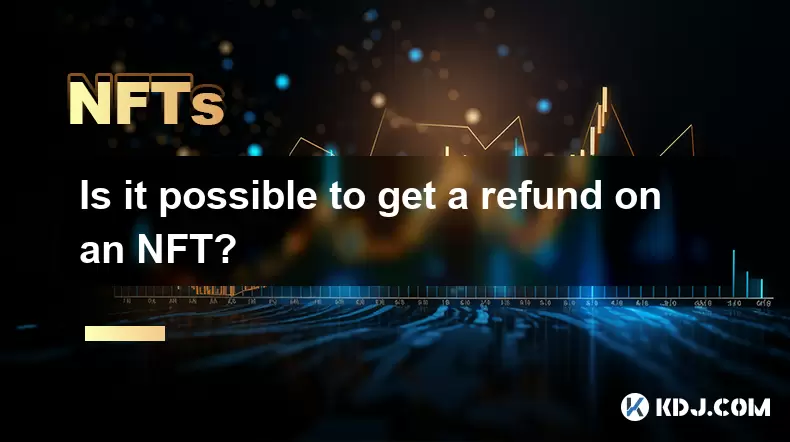
Is it possible to get a refund on an NFT?
Jul 21,2025 at 08:35pm
Understanding NFT Transactions and RefundsWhen you purchase an NFT (Non-Fungible Token), the transaction is typically recorded on a blockchain, making...
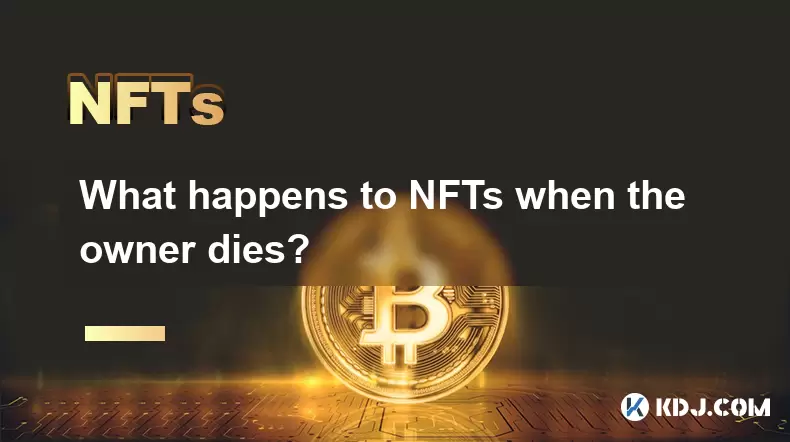
What happens to NFTs when the owner dies?
Jul 22,2025 at 02:43pm
Legal Ownership and Digital AssetsWhen an individual owns NFTs, the question of what happens to these assets upon their death is a pressing one. NFTs ...
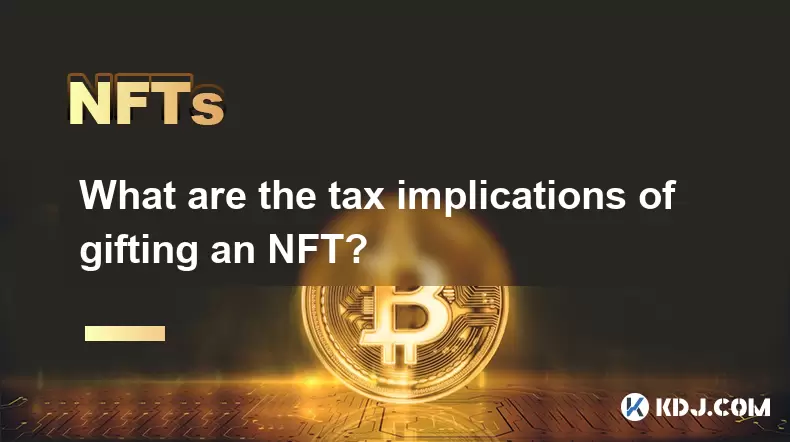
What are the tax implications of gifting an NFT?
Jul 19,2025 at 04:21am
Understanding the Basics of NFT GiftingGifting a Non-Fungible Token (NFT) involves transferring ownership from one individual to another without recei...
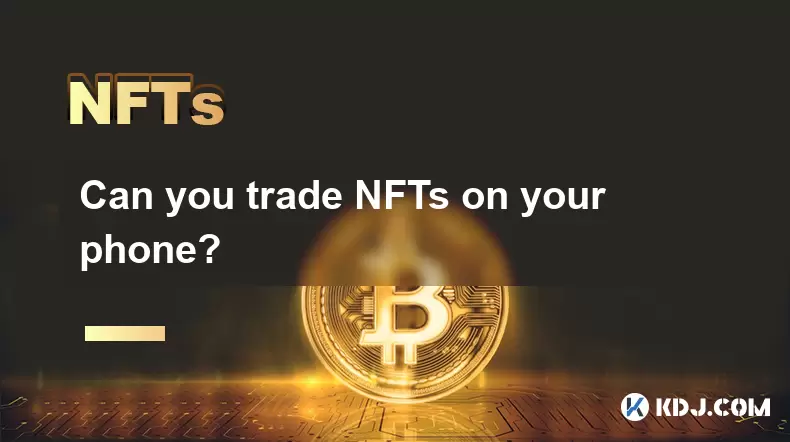
Can you trade NFTs on your phone?
Jul 18,2025 at 04:29am
Trading NFTs on Mobile DevicesYes, you can trade NFTs on your phone, and the process has become increasingly streamlined thanks to a variety of mobile...
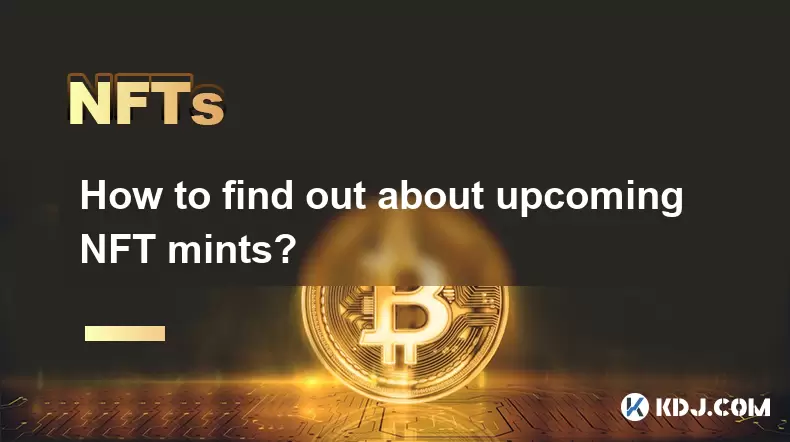
How to find out about upcoming NFT mints?
Jul 18,2025 at 11:50am
Exploring NFT Minting OpportunitiesUnderstanding the landscape of upcoming NFT mints is crucial for collectors, investors, and creators who wish to st...
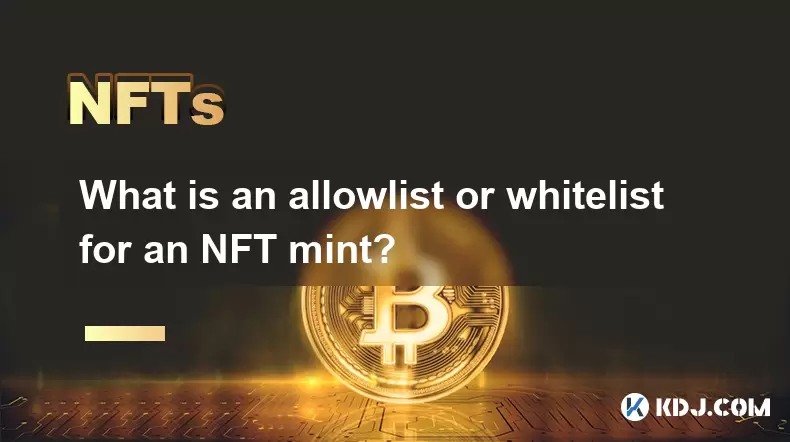
What is an allowlist or whitelist for an NFT mint?
Jul 20,2025 at 07:14pm
Understanding the Concept of an Allowlist for NFT MintingAn allowlist, also commonly referred to as a whitelist, is a mechanism used in the NFT mintin...

Is it possible to get a refund on an NFT?
Jul 21,2025 at 08:35pm
Understanding NFT Transactions and RefundsWhen you purchase an NFT (Non-Fungible Token), the transaction is typically recorded on a blockchain, making...

What happens to NFTs when the owner dies?
Jul 22,2025 at 02:43pm
Legal Ownership and Digital AssetsWhen an individual owns NFTs, the question of what happens to these assets upon their death is a pressing one. NFTs ...

What are the tax implications of gifting an NFT?
Jul 19,2025 at 04:21am
Understanding the Basics of NFT GiftingGifting a Non-Fungible Token (NFT) involves transferring ownership from one individual to another without recei...

Can you trade NFTs on your phone?
Jul 18,2025 at 04:29am
Trading NFTs on Mobile DevicesYes, you can trade NFTs on your phone, and the process has become increasingly streamlined thanks to a variety of mobile...

How to find out about upcoming NFT mints?
Jul 18,2025 at 11:50am
Exploring NFT Minting OpportunitiesUnderstanding the landscape of upcoming NFT mints is crucial for collectors, investors, and creators who wish to st...

What is an allowlist or whitelist for an NFT mint?
Jul 20,2025 at 07:14pm
Understanding the Concept of an Allowlist for NFT MintingAn allowlist, also commonly referred to as a whitelist, is a mechanism used in the NFT mintin...
See all articles

























































































